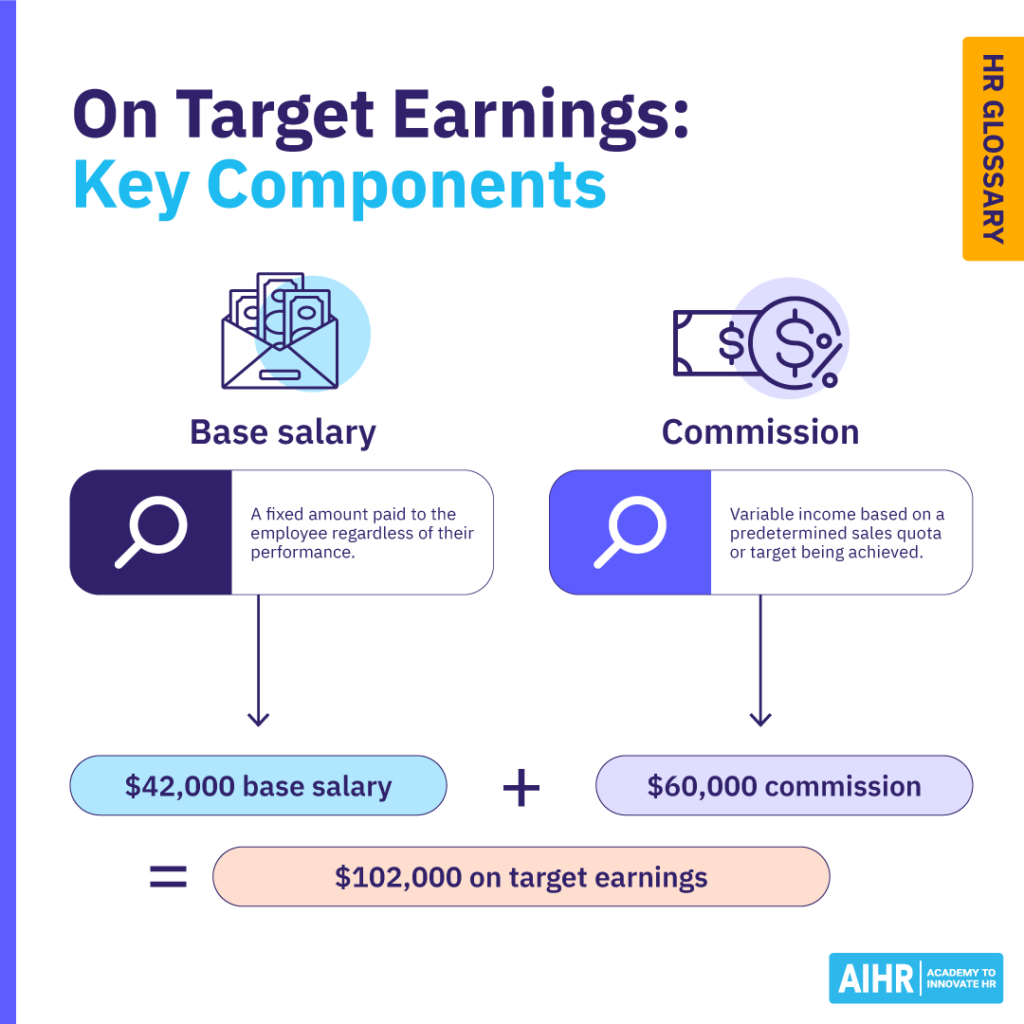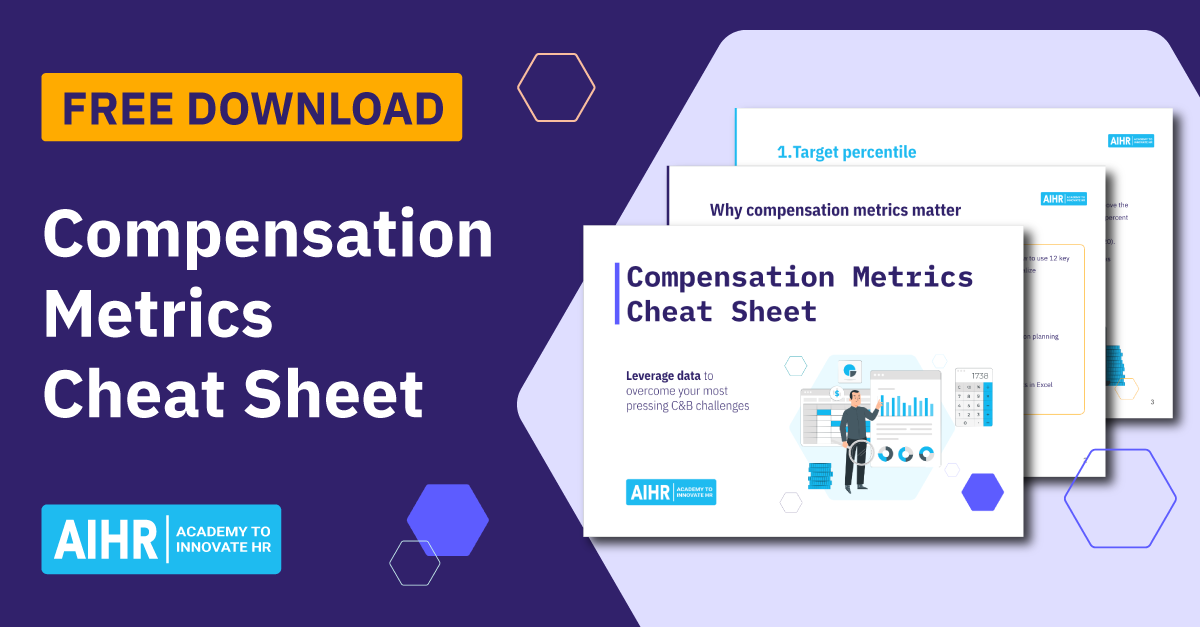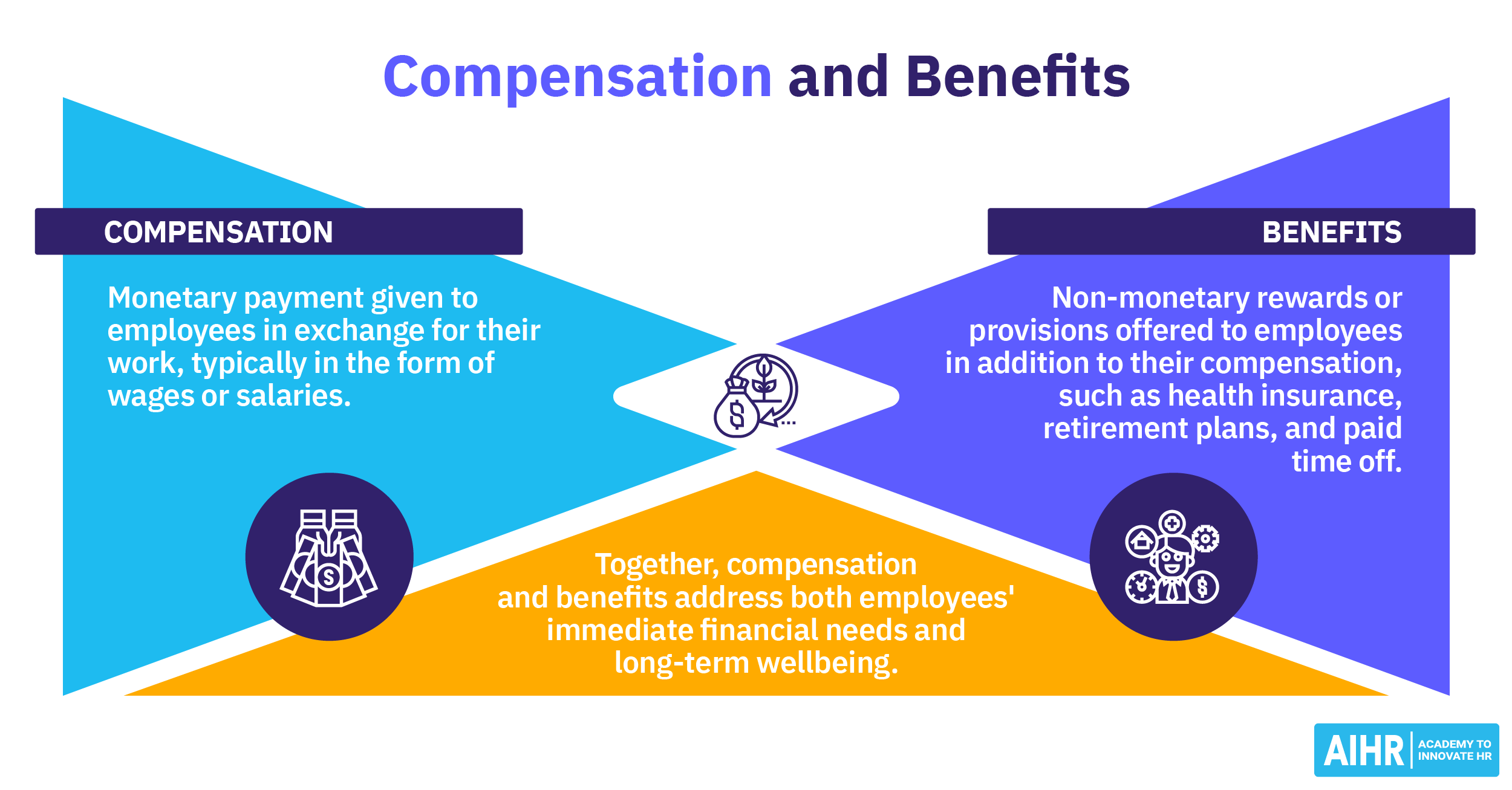On Target Earnings
What are on target earnings (OTE)?
On target earnings (OTE) refer to a compensation package used to incentivize performance and remunerate sales representatives, financial advisors, and senior executives.
OTE represents the total projected compensation for a role, including a base salary component (a fixed amount paid to the employee regardless of performance) and a commission component (variable income based on achieving a predetermined sales quota or target).

How to calculate OTE
Take the following steps in order to calculate OTE:
Step 1: Determine the base salary
Start by first determining the employee’s fixed annual salary.
Step 2: Calculate target variable compensation
Identify all potential variable pay components (including bonuses, commissions, stock options, profit-sharing, or other incentives), then determine the target payout for each element.
For bonuses, this could be a percentage of the base salary, and for commissions, it could be a percentage of sales revenue achieved (e.g., a percentage of sales once a minimum revenue target is reached, such as 10% of every dollar earned after $100,000 in sales per month). For stock options, it could be the number of shares granted.
After determining the target payout, finalize the total target variable pay.
Step 3: Calculate OTE
Calculate OTE using the following formula:
| OTE = | Base salary + target variable compensation |
Here is an illustrative example: Imagine an employee earns a base salary of $70,000 per year. They also have the potential to earn a 15% bonus and a 3% commission on their sales if they sell $500,000 worth of products in a year.
As such, their bonus and commission would be as follows:
- Bonus: 15% of $70,000 = $10,500
- Commission: 3% of $500,000 = $15,000
Therefore, their total OTE would be: $70,000 (base salary) + $10,500 (bonus) + $15,000 (commission) = $95,500.
Ensure fair OTE for staff earning commissions
Learn the techniques you need to create fair, competitive compensation packages for employees. You must be analytical, conduct thorough market research, ensure legal compliance, and have strong negotiation and communication skills.
AIHR’s Compensation and Benefits Certificate Program will teach you the skills you need to interpret data, identify compensation gaps, and align rewards, performance, and culture.
What are the benefits of OTE?
- Clarity on earnings potential: OTE provides a transparent, upfront understanding of the total potential compensation for a role, helping your business and its employees better plan their finances.
- Motivation and focus: By linking variable pay to performance goals, OTEs can be a strong driver of employee engagement, productivity, and performance.
- Attract and retain top talent: Competitive OTE packages (especially those with uncapped commission incentives) can help attract top talent, boost revenue, and reduce turnover among top performers.
- Improved alignment with business goals: By linking variable pay to company-wide objectives, OTE ensures your employee efforts align with overall business goals. This leads to stronger overall company performance and individual accountability.
Capped and uncapped OTE: Key differences
When choosing between a capped or uncapped OTE compensation structure, consider factors such as the desired level of employee motivation, budget constraints, and the nature of the role. Below are the key differences between both models:
Main function
Limits the total variable pay an employee can earn
Allows unlimited variable pay based on performance
Employee motivation
May demotivate high achievers once the cap is reached
Strongly motivates top employees to maintain momentum in driving to exceed targets
Cost control
Provides a predictable budget for variable compensation
Can lead to higher-than-expected costs if performance exceeds expectations
Application
Suitable for roles with a defined ceiling on potential earnings, such as entry-level positions or those with limited earning potential
Ideal for high-performing roles with significant earning potential, such as sales or executive roles
Fairness perception
May be perceived as unfair by high-performing employees if they feel their potential earnings are limited
Can be perceived as fair as it directly and proportionately rewards exceptional performance
Business implications
Can help control costs and ensure predictability in compensation budgets
Can help attract and retain top talent but requires careful budgeting and risk management
Examples of positions with OTE compensation
OTE can be applied to various positions where performance-based incentives are used to motivate and reward employees. Here are a few examples:
Sales representatives
These roles heavily rely on OTE, as it directly links a sales executive’s earnings potential to their financial performance outcomes.
Account managers
Account managers often handle existing client relationships and drive revenue growth within those accounts. Their OTE would typically include a base salary and bonuses tied to client retention, revenue expansion, and customer satisfaction.
Financial advisors
Financial advisors’ compensation often includes a base salary, commissions on investment products sold, or fees generated from managing client portfolios.
Executive-level positions
CEOs, CFOs, and other C-suite executives typically drive company revenue and margins. Therefore, they’re often incentivized to use significant OTE components to deliver favorable financial results. These components include large bonuses, stock options, and performance-based incentives linked to company-wide goals.
HR tip
For maximum input, tailor your OTE based on job scopes and performance targets. Here are two options to consider:
- Tiered OTE: Tiered OTE structures can differentiate compensation based on role complexity, seniority, and individual performance. For example, high-performing sales representatives could have higher OTE ceilings than entry-level sales staff.
- Performance-based tiers: Multiple tiers within each role allow employees to move up the tiers based on their performance. This incentivizes and rewards continuous improvement for all team members, not just your best performers.
5 tips to set up your OTE model
By following these guidelines, you can set up your own effective OTE model to incentivize performance in line with your company’s overall business objectives.
- Align OTE with business goals: Define clear, measurable, and achievable objectives for your OTE model and ensure they’re directly linked to your company’s overall strategic goals. For example, if you want to increase market share, your OTE package should be structured to incentivize sales teams to acquire new customers.
- Conduct thorough market research: For a compensation plan to be effective, it must be competitive within your market to attract top talent. Analyze OTE compensation data for similar roles in your company’s industry and geographic location. Use tools like salary surveys, benchmarking data, and searching job listings.
- Define clear performance metrics: Establish clear and measurable performance metrics for each role. Examples include sales targets, customer satisfaction scores, project completion rates, and key performance indicators (KPIs).
- Set realistic targets: Setting realistic targets ensures achievable performance goals, aligns expectations between employers and employees, and drives sustainable motivation and business growth.
- Communicate the OTE model clearly: Ensure all employees understand how it works, including the base salary, potential variable pay components, and the performance metrics used to determine payouts. Always confirm the rules and parameters of your OTE program in writing.
FAQ
OTE refers to the total expected compensation, including both base salary and potential variable pay for a role that incentivizes performance. OTE provides a clear picture of what an employee can earn if they meet or exceed performance expectations.
An on target earnings (OTE) model is a compensation structure that combines a fixed base salary with variable pay components such as bonuses, commissions, or stock options. This model effectively incentivizes employees to perform at their best by linking their earnings directly to their achievements.
‘25k OTE’ is an abbreviation typically used to denote a salary as advertised in job postings. In this case, it means that the OTE for a particular role are estimated to be $25,000 per year. This figure includes the base salary and the expected target payout for all variable compensation components of the role’s total salary.









